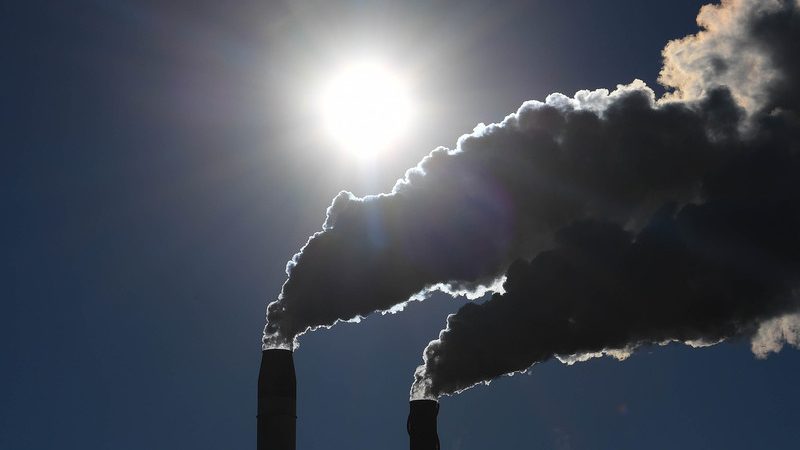Tata Steel has installed “Topscan” technology at its two Port Talbot blast furnaces that will reduce the amount of coke required in the furnaces as well as CO2 emissions by at least 50,000 tonnes/year.
The technology captures 1,000 data points every ten seconds, giving Tata Steel technicians an uninterrupted 3D view of the material being laid into the top of the furnaces. It will be installed at blast furnace no.5 by end-November, following its rollout on blast furnace no.4 last year.
The Topscan system consists of a set of radars which take a full surface scan of the iron ore and metallurgical coke being laid into each furnace. Computer modelling then provides a clear, finite view of the raw materials at the start of their journey through the furnace.
“That’s really important to us because the specific way in which we lay materials in the furnace is our main method of controlling gas flow up from the hot air blast through the raw materials,” blast furnace technical manager Aaron Parsons says in a note seen by Kallanish. “Over time, we can make tweaks to the distribution allowing us to make the most efficient use of the hot gases and yield really big savings, both in terms of coke usage and CO2.”
Tata Steel UK has the ambition to reduce all CO2 emissions by 30% by 2030 and be a CO2 neutral steelmaker by 2045 – in support of the UK’s ambition to be net-zero by 2050.
Last month Tata Steel UK installed laser technology at two of its Port Talbot-based slab re-heating furnaces, to improve product quality and consistency, as well as cut carbon emissions (see Kallanish passim).
Adam Smith Poland






